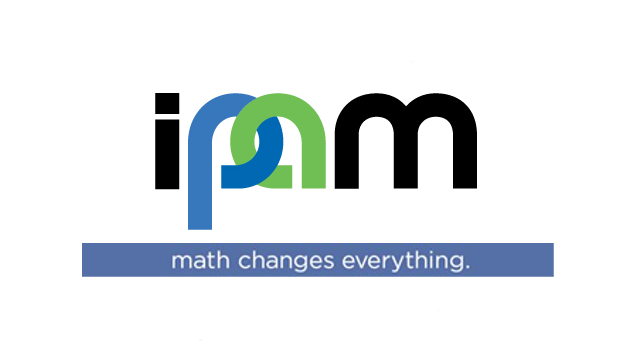Abstract
Danny Neuhauser
University of California, Los Angeles (UCLA)
Chemistry
I will summarize our work (with my colleagues, Roi Baer and Eran Rabani) on SQC (Stochastic Quantum Chemistry), a new paradigm for electronic structure and dynamics, which rewrites traditional quantum chemistry (DFT and most correlated methods) as stochastic averages. In SQC one does not look for the true molecular orbitals. Instead we take a white-noise function and apply on it a low-pass filter which retains only the (unknown) occupied states; the resulting function, labeled as "stochastic occupied orbital" is used to create the density (or more efficiently, the deviation of the true density from the sum of fragment densities). The method gives plane-wave (i.e., converged basis) results for systems with tens of thousands of electrons and soon a million electrons (due to O(N) scaling).
The SQC framework is suitable also for more complicated quantum chemistry methods. We can calculate correlation (vdW) energies for giant systems. Further, our methods yields automatically the response of a molecule from a simple (linear-scaling) calculation with very few orbitals, and this response function is the key for most sophisticated electronic structure and dynamics.
For example: Spectroscopy: spectra for very large molecules/clusters are achieved trivially in sQC in linear scaling; we reached large clusters with thousands of electrons through propagating just a few stochastic orbitals. Stochastic GW (SGW): We developed SGW, which achieves accuracies which are as good as in the literature (0.1 eV experiment-theory deviation for the affinities and ionization energies) for very large systems, including Si705H300 with 3120 electrons. This system is significantly bigger than any calculable in existing approaches, so that SGW makes a quantum jump in the ability to calculate accurate electronic affinities and potential energies for large molecules. SGW scales linearly so it could go to way larger systems.
